By Ron Villacarillo, Head of Creative at Dotted Line
There are a lot of brands out there that remind me of Pinocchio.
Not the sweet, wooden boy from the first page, but the awkward in-between version. The one dressed up, talking the talk, trying really hard to be “real,” but still, deep down, made of pine. They’ve got the right outfit. A carefully carved logo. A color palette chosen with great ceremony. But when they speak? You don’t feel it. Something’s missing. The spark. The soul.
They’re not lying. (Well, maybe a little.)
But they are pretending.
And who can blame them? Becoming a real brand, just like becoming a real boy, isn’t about looking polished. It’s about becoming something with depth. With values. With conviction. With heart.
At DLA, we’ve learned that a brand’s journey isn’t all that different from Pinocchio’s.
Here’s how it plays out:
Know Yourself
Pinocchio didn’t get very far until he started asking big questions: Who am I? What do I believe? What am I meant to be? Brands are no different. You need a clear purpose, strong values, and a compelling vision. This is your foundation. Your truth. Without it, you’re just a puppet dressed for the part.
Define the Brand
Once you know who you are, you need to learn how to speak. Not just in soundbites, but in a clear, confident voice that reflects your unique stance in the world. Pinocchio tried to blend in with the wrong crowd. Real brands resist mimicry. They own their story.
Bring It to Life
This is the Blue Fairy moment, where your strategy transforms into something people can see, hear, and feel. Visual identity. Messaging. Tone. This is how your brand starts walking and talking. But remember: just because it moves, doesn’t mean it’s real. Not yet.
Make It Real
Now comes the test. Does your brand show up the same way inside and out? Do your people embody it? Do your customers experience it? For Pinocchio, becoming real meant living his values. Same goes for brands. Authenticity isn’t a slide in the deck. It’s lived behavior.
Keep It Strong
Pinocchio didn’t stay wooden, and your brand shouldn’t stay frozen in time either. Real brands evolve, learn, adapt – but they don’t lose themselves in the process. Consistency and growth have to dance together. That’s how your brand stays alive.
So what makes a brand real?
It’s not a logo.
It’s not the tagline.
It’s not even the most clever campaign you’ve ever launched.
It’s alignment.
It’s authenticity.
It’s action.
A brand becomes real when it knows who it is, speaks with clarity, shows up with intention, and is lived. Every day, by everyone connected to it.
And when that happens? You don’t need a fairy. You just need a team that knows how to bring wood to life.
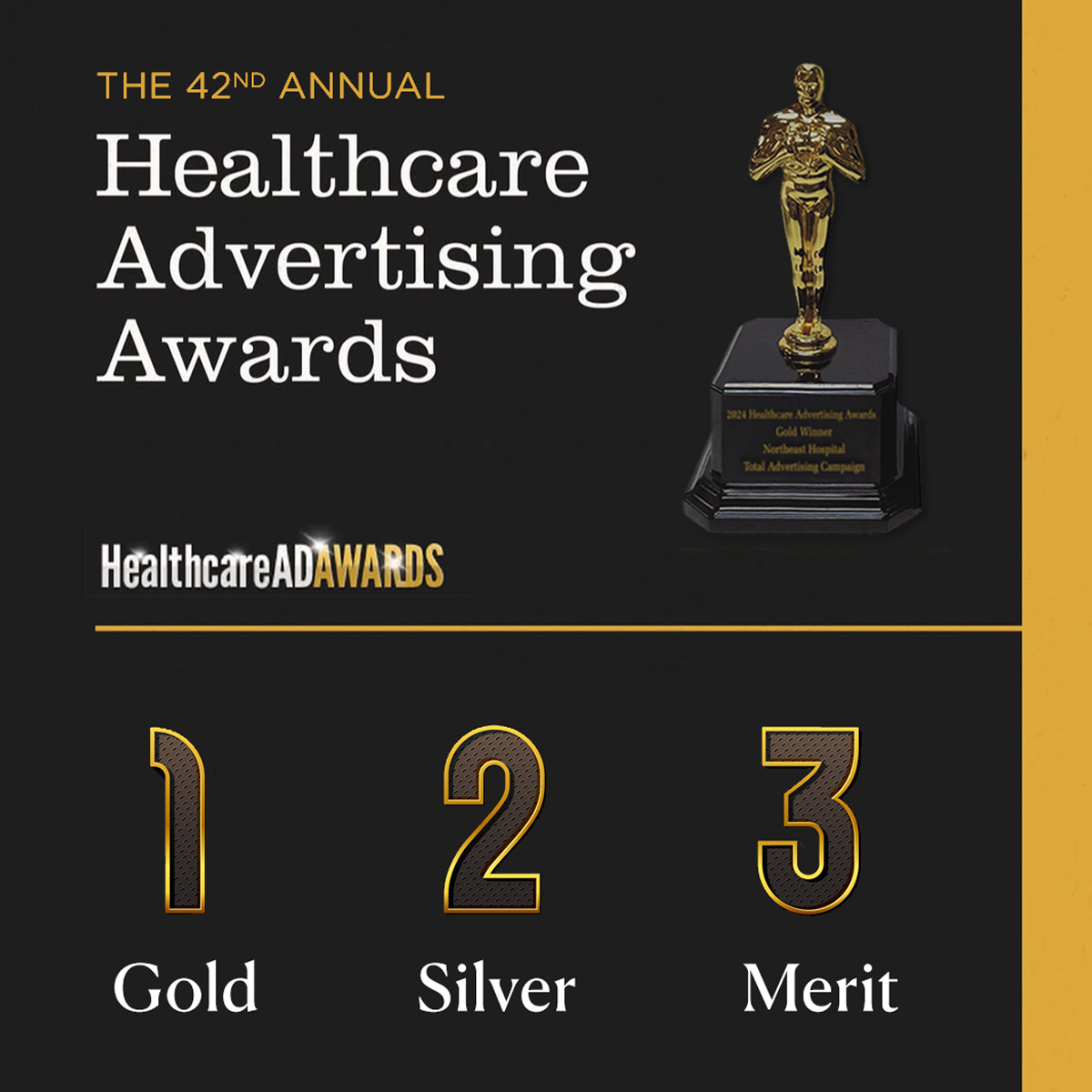;)
;)
;)
;)
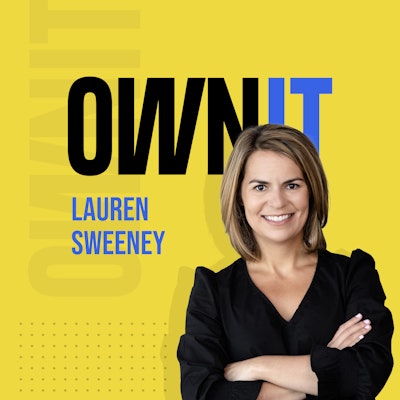;)
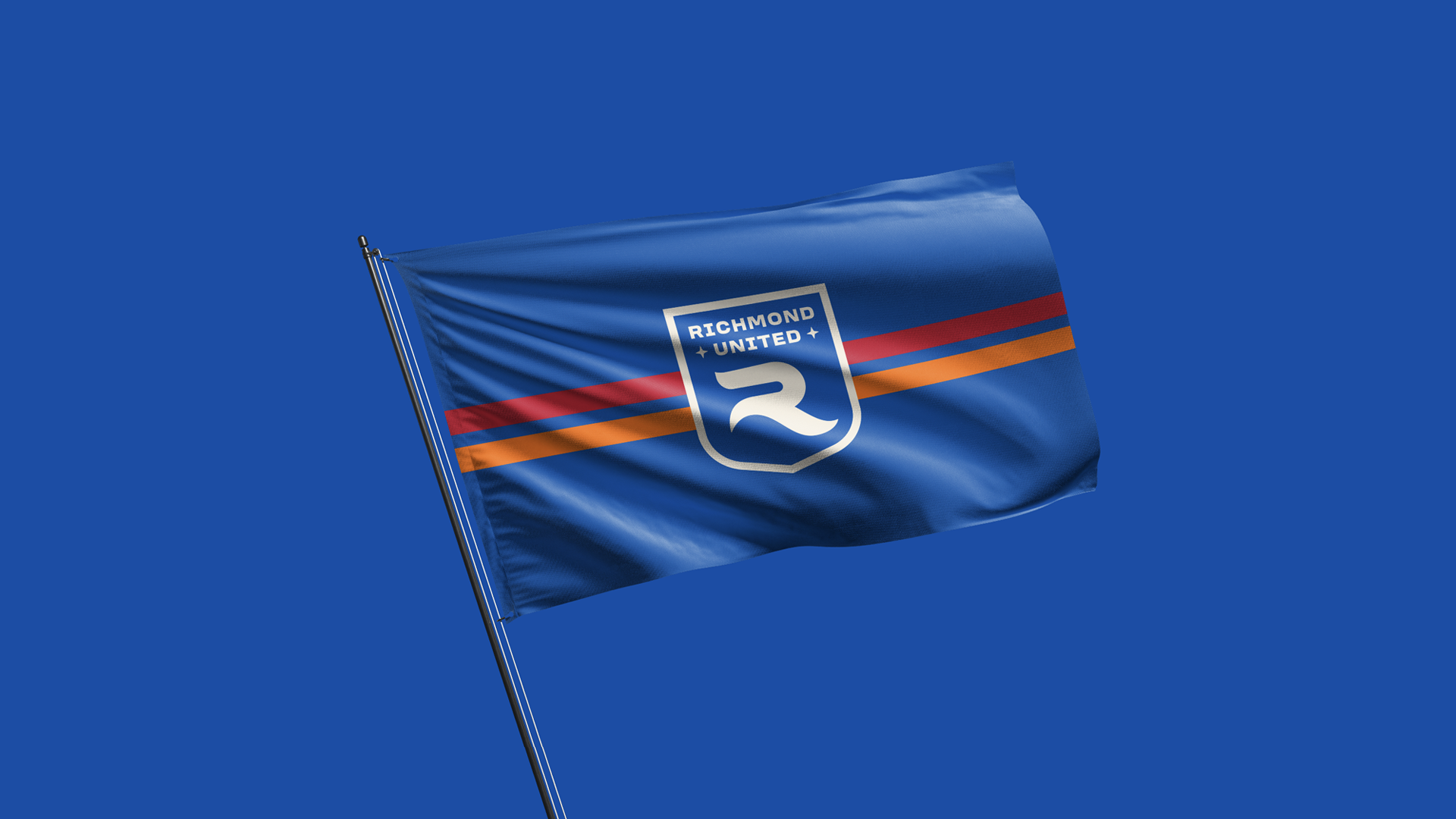;)
;)
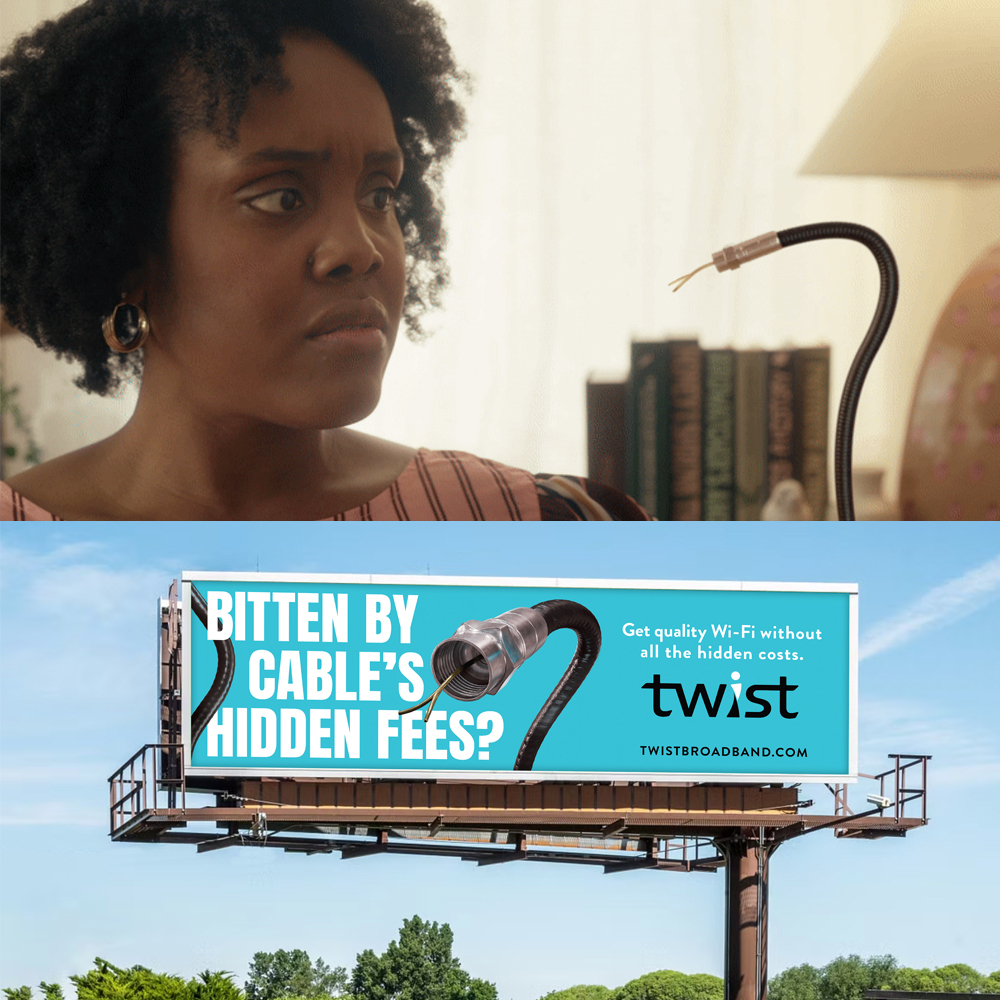;)
;)
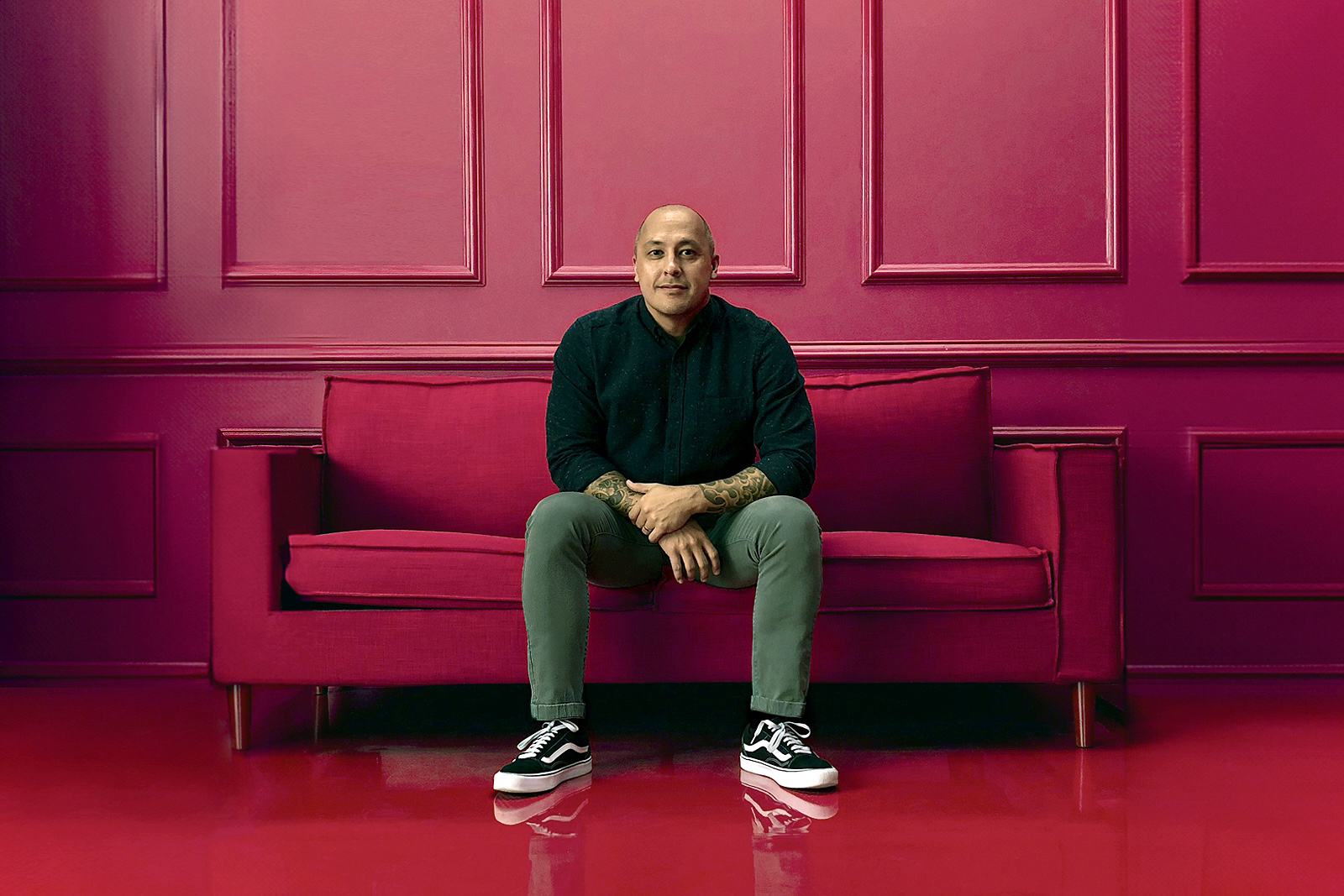;)